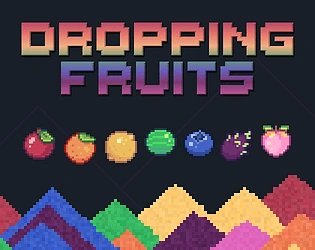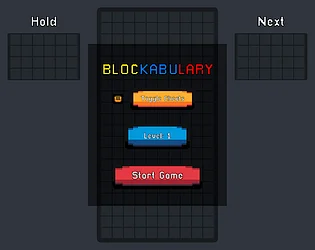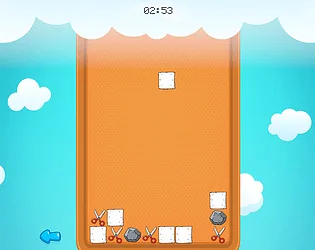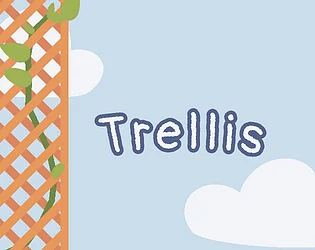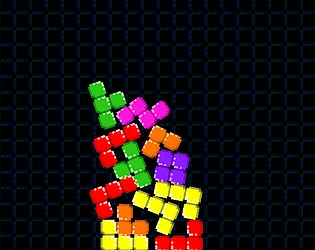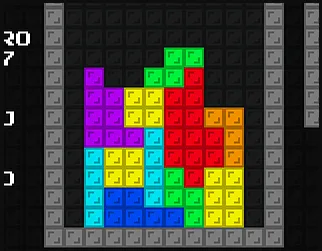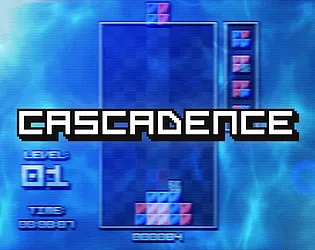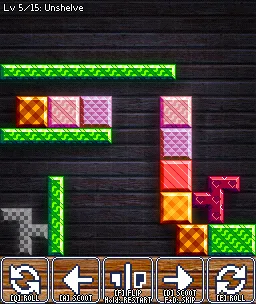Falling Games
Falling Puzzle Games — Race Against Gravity
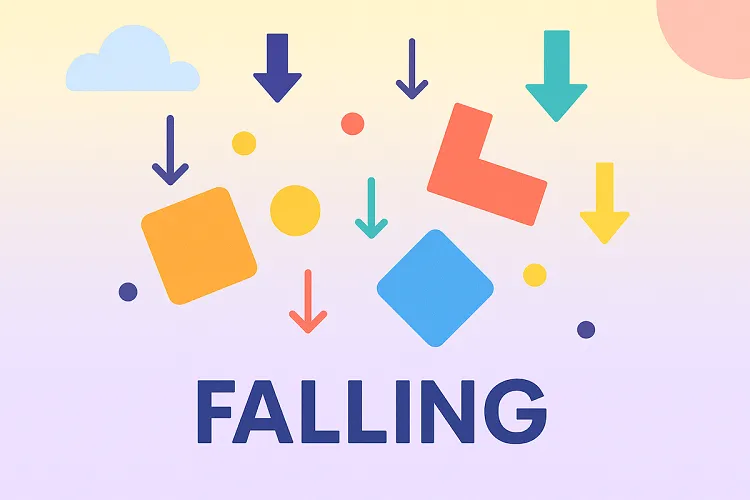
Falling puzzle games introduce time pressure and reflexes into puzzle-solving by making pieces descend automatically under gravity. Pioneered by Tetris and refined by countless variations, the falling mechanic creates a unique hybrid challenge: you must think strategically like traditional puzzles while acting quickly as pieces continuously fall.
This combination of planning and reaction speed creates gameplay that's simultaneously cerebral and action-oriented, making falling puzzles among the most addictive and enduring puzzle game types ever created.
Why Falling Mechanics Are Timelessly Engaging
Natural Time Pressure — Gravity creates organic urgency without arbitrary countdowns. Pieces fall whether you're ready or not, simulating real physical pressure that feels intuitive rather than artificial.
Escalating Difficulty — Most falling puzzle games increase descent speed as you progress, creating natural difficulty curves. What starts manageable becomes frantic, testing both your strategic thinking and reflexes.
Risk-Reward Decisions — Do you quickly place a piece in a safe position, or take extra time to find the optimal placement? Falling mechanics force constant risk-reward calculations under pressure.
Flow State Induction — The continuous falling creates rhythm that pulls players into flow states. Your mind synchronizes with the descent speed, entering a zone where reactions become instinctive.
Immediate Consequences — Mistakes compound quickly. Poor placement decisions stack literally, filling your playing field and accelerating game-over conditions. This creates high stakes from simple mechanics.
Types of Falling Puzzle Games
Tetris-Style Block Falling — The classic falling mechanic. Rotate and position descending geometric pieces (tetrominoes) to create complete rows that clear, preventing the stack from reaching the top.
Match-Based Falling — Colored pieces or gems fall, requiring you to create matches (typically three or more) that disappear. Popular in games like Puyo Puyo or Columns.
Physics-Based Falling — Pieces fall with realistic physics, requiring you to balance stacks, manage weight distribution, or create stable structures as objects tumble down.
Strategic Stacking — Games where falling pieces don't clear but accumulate, challenging you to build stable or specific structures from falling components.
Hybrid Mechanics — Modern variations combining falling mechanics with other puzzle types: number merging, word building, or logic challenges executed under falling time pressure.
The Strategic Layer Beneath Reflexes
While falling games appear reaction-focused, skilled play requires sophisticated strategy:
Preview Management — Expert players don't just respond to current pieces; they plan multiple moves ahead using piece preview windows.
Stack Topology — Managing the shape of your stack — avoiding irregular surfaces, leaving specific holes for anticipated pieces — separates novices from masters.
Combo Setup — Advanced players intentionally position pieces to create cascading clears or chain reactions when key pieces arrive.
Speed Optimization — Finding the balance between speed (placing quickly to maintain control) and precision (optimal placement for long-term stack management).
Recovery Techniques — Strategies for salvaging poor board states, such as building flat surfaces from irregular stacks or creating clearing opportunities from chaos.
The Psychological Hook
Falling puzzle games leverage powerful psychological mechanisms:
Variable Rewards — Random piece distribution creates unpredictability. Sometimes you get the exact piece needed; sometimes you don't, creating slot-machine-like engagement.
Near-Miss Experiences — Narrowly avoiding game over generates adrenaline, while barely missing the perfect piece creates "if only" moments that encourage retry.
Skill Mastery Curves — Clear improvement feedback. As you get better, you see tangible results: higher scores, faster clears, longer survival times.
The "One More Try" Loop — Quick session lengths combined with random variation create powerful retry compulsion. Each game feels fresh; improvement feels attainable.
Perfect for Quick Sessions
Falling puzzle games excel as bite-sized entertainment:
- Instant engagement — No setup, no tutorial review, immediate play
- Natural endpoints — Games end organically when you lose, providing closure
- Score chasing — Personal bests create replay motivation
- Skill expression — Every session demonstrates your current mastery level
This makes falling puzzles perfect for commutes, breaks, or moments when you want engaging entertainment without long commitment.
Cross-Generational Appeal
Falling puzzle games transcend age groups. Tetris appeals to grandparents and grandchildren alike because:
Simple Core Mechanics — Rotate, move, drop. Anyone can understand the basics instantly. Infinite Skill Ceiling — Despite simple rules, mastery requires years. Competitive Tetris players achieve superhuman speed and precision. Visual Clarity — Falling blocks are universally readable across cultures and languages. Adjustable Challenge — Different modes and speeds accommodate casual players and hardcore competitors.
The Enduring Legacy
Falling puzzle mechanics have persisted for decades because they represent near-perfect game design: simple rules creating complex emergent gameplay, accessibility paired with depth, individual skill expression within randomized challenges.
Each generation discovers falling puzzles anew, and each generation develops their own mastery. The core loop — watch pieces fall, make split-second decisions, execute precisely, see immediate results — remains as compelling today as when Tetris first captivated the world.
Discover Falling Puzzle Games
Explore our collection of falling puzzle games and test your ability to think strategically under pressure. Whether you prefer classic block-stacking, match-based falling, physics challenges, or innovative hybrid mechanics, these games prove that sometimes the simplest concept — pieces falling under gravity — creates the most enduringly addictive puzzle experiences.
Watch them fall, make your move, and race against gravity. That's the timeless thrill of falling puzzle games.


